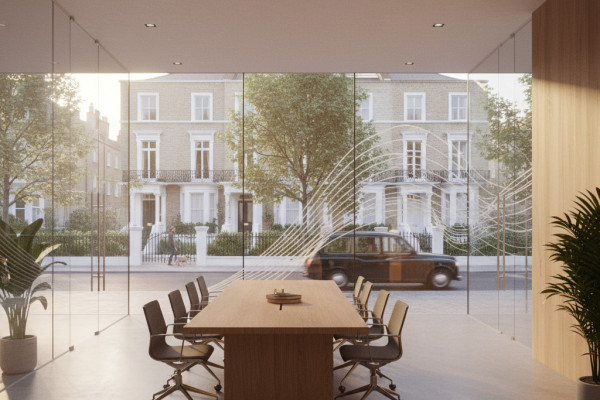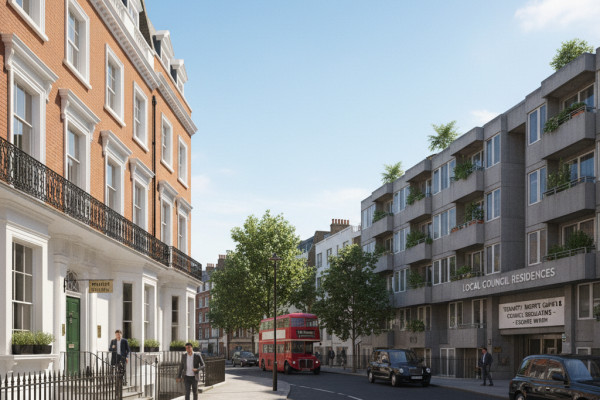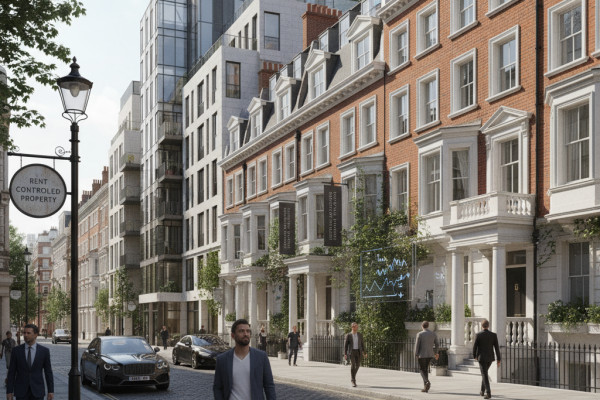
Challenges and Solutions in the London Rental Arena
London's rental scene has been on a rollercoaster, surging 31% in the last two years. Currently, renters are shelling out 42.5% of their income, way beyond the recommended 30%. This signals that London has hit a point where renting is becoming financially challenging.
People can't bid more for homes for sale in a city where rents already take up a big chunk of income. The prediction is that rents will keep rising, but not as rapidly as in other parts of the UK.

The crystal ball for 2024 suggests another 5.5% bump in London rents, followed by more modest increases. By 2028, the overall forecast is an 18.2% increase. But here's the catch – Londoners are already struggling to keep up with the rising costs.
There's a mismatch in expectations between landlords and tenants:
- Landlords hope for 5-10% increases, while
- Most tenants are only prepared for a 5% bump.
In some London neighbourhoods, a single room costs a whopping £1,000 a month. Renters are grappling with sudden and steep rent hikes.
Why is this happening?
Well, it's partly because individual landlords are leaving the market. The report blames increased demand and landlords finding it less profitable due to rising debt costs and changing rules. This has created fierce competition among tenants, forcing them to bid higher to secure a place.

A recent research shows that many renters think they'll need financial help from their parents in the next 10 years. Meanwhile, a significant number of Londoners in their 20s to mid-40s are considering leaving the city because it's becoming too pricey.
So, what is the solution?
The investigation hints at more big players – like banks and investment funds – entering the rental market. They're attracted to the steady income that rental properties provide. Also, there's a push for more purpose-built rental buildings owned by big investors.

However, there's a snag. It is said that only a few of these purpose-built rentals have been completed this year in London. The city is falling short of the target for new homes, and the experts say we need a whopping 90,000 more properties every year to make a real dent in the affordability issue.




